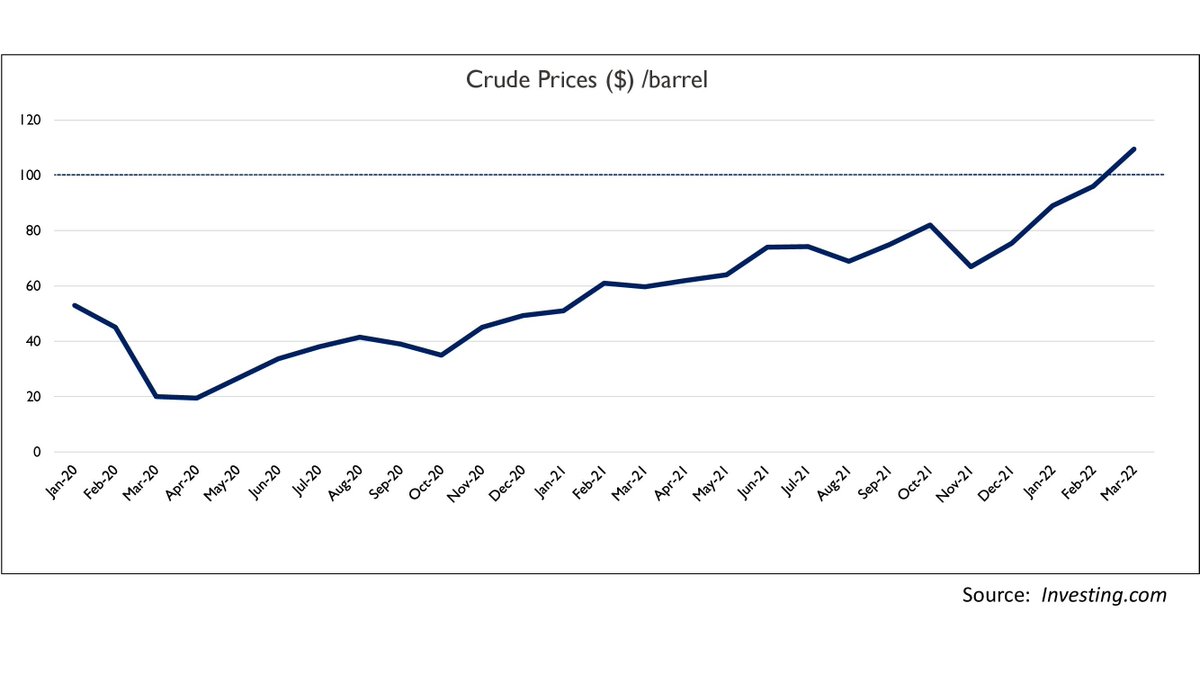
My understanding of #CDSL #IEX and #Saregama & #Tips 🎵🔌⚡💻
Can #CDSL & #IEX reinvest the earnings in the business ? These businesses won't need much cash to grow.
#CDSL have market linked revenue so business will have some cyclicality. Opportunity size is huge
Can #CDSL & #IEX reinvest the earnings in the business ? These businesses won't need much cash to grow.
#CDSL have market linked revenue so business will have some cyclicality. Opportunity size is huge
#IEX
1. Revenues are not linked to market.
2. Excellent business model with super high margins and ROCE and it don't need any capital to grow.
3. But govt regulation can be a double edged sword which keeps the competition away but also can kill you.
1. Revenues are not linked to market.
2. Excellent business model with super high margins and ROCE and it don't need any capital to grow.
3. But govt regulation can be a double edged sword which keeps the competition away but also can kill you.
4. Big opportunity size after MBED
#Saregama & #Tips
1. Unique business model.
2. No or very less cost for incremental revenues (For already acquired copyrights which don't have royalties)
3. No cyclicality in business (Like CDSL)
#Saregama & #Tips
1. Unique business model.
2. No or very less cost for incremental revenues (For already acquired copyrights which don't have royalties)
3. No cyclicality in business (Like CDSL)
4. Paid music penetration is very low - Big Opportunity size
5. Entry barriers are not dependent on govt (Like #IEX)
6. Possibility of getting high returns on incremental invested capital. (Not the case with #CDSL & #IEX. Finally they will keep giving dividends which are taxable)
5. Entry barriers are not dependent on govt (Like #IEX)
6. Possibility of getting high returns on incremental invested capital. (Not the case with #CDSL & #IEX. Finally they will keep giving dividends which are taxable)
• • •
Missing some Tweet in this thread? You can try to
force a refresh





